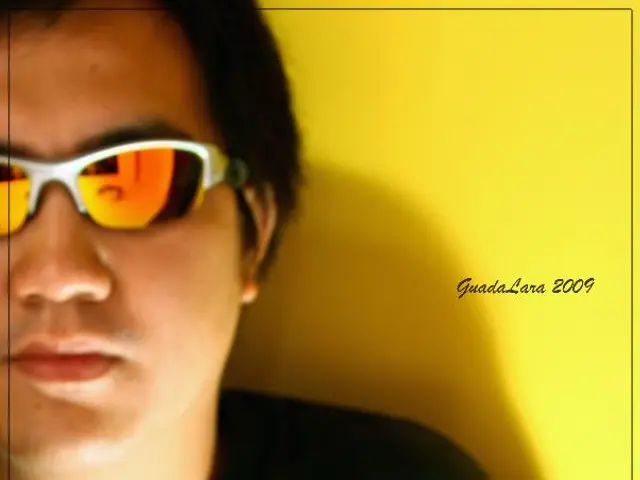Astronauts Return Safely to Earth Following Successful Spacecraft Landing
After spending nearly five months aboard the International Space Station (ISS), an international crew of four astronauts safely returned to Earth on Saturday. The Dragon capsule of SpaceX, which carried the Crew-10 astronauts, splashed down off California's coast at 8.44 am local time (1534 GMT).
The crew, consisting of NASA astronauts Anne McClain (mission commander) and Nichole Ayers, JAXA astronaut Takuya Onishi, and Roscosmos cosmonaut Kirill Peskov, returned to Earth following a mission marked by numerous scientific experiments and technology demonstrations.
During their 148-day stay on the ISS, the astronauts conducted over 200 research investigations, contributing a significant amount of time and effort towards expanding scientific boundaries aboard the orbiting laboratory. Key scientific investigations included plant biology experiments, biomedical research, physical and materials sciences, technology demonstrations, and student-led and ISS National Lab-sponsored investigations.
One of the plant biology experiments, the Rhodium Plant LIFE experiment, studied the effects of radiation and gravity at different orbital altitudes on wild-type and genetically modified thale cress plants. Another student-designed experiment investigated the impact of spaceflight on the size, shape, color, and nutritional content of Swiss chard seeds germinated in microgravity. These plant studies aim to improve growing techniques both in space and on Earth by understanding how microgravity affects growth.
The Crew-10 mission also supported biomedical investigations with potential to lead to new cancer treatments and enhance health knowledge applicable to both space travelers and people on Earth. Experiments in physical and materials sciences helped improve technology and materials performance in microgravity.
Crew-10 astronaut Anne McClain conducted a spacewalk to install upgraded solar arrays (IROSA) that are more compact and generate more power, improving the station's capacity to support scientific research and future missions.
The launch of Crew-10 astronauts Butch Wilmore and Suni Williams in March was initially intended for an eight-day mission. However, their spaceship, the Boeing Starliner, encountered propulsion problems, making it unfit to fly back and stranding the astronauts in space for nine months. Butch Wilmore, one of the stranded astronauts, has announced his retirement after 25 years of service at NASA.
The return of Crew-10 marked the end of the 10th crew rotation mission to the International Space Station under NASA's Commercial Crew Program. US astronauts Zena Cardman and Mike Fincke, Japan's Kimiya Yui, and Russian cosmonaut Oleg Platonov recently boarded the ISS for a six-month mission.
As the Dragon capsule re-entered the Earth's atmosphere, it did so at a dizzying speed. The descent was slowed by the deployment of huge parachutes, and the capsule was successfully recovered by a SpaceX ship and hoisted aboard. The astronauts are now back on Earth, having contributed significantly to scientific knowledge and paving the way for future space missions.
[1] NASA. (2023, April 24). Crew-10 Mission Overview. Retrieved from https://www.nasa.gov/mission_pages/station/research/news/Crew-10-Mission-Overview.html
[2] SpaceX. (2023, April 24). Crew-10 Dragon Capsule Returns to Earth. Retrieved from https://www.spacex.com/news/2023/04/24/crew-10-dragon-capsule-returns-to-earth
[3] ISS National Lab. (2023, April 24). Crew-10 Mission Highlights. Retrieved from https://www.issnationallab.org/news/crew-10-mission-highlights
[4] NASA. (2023, April 24). Crew-10 Astronauts Return to Earth. Retrieved from https://www.nasa.gov/feature/crew-10-astronauts-return-to-earth
- The Crew-10 mission, a significant general news event, saw a return to Earth after nearly five months on the International Space Station (ISS), where they conducted numerous research investigations in various fields such as science, space-and-astronomy, technology, and general-news like plant biology experiments and biomedical research.
- Upon their safe return, the Crew-10 astronauts, namely NASA's Anne McClain and Nichole Ayers, JAXA's Takuya Onishi, and Roscosmos' Kirill Peskov, continued to contribute to expanding scientific boundaries with their findings that could potentially advance technology in space exploration and on Earth.




